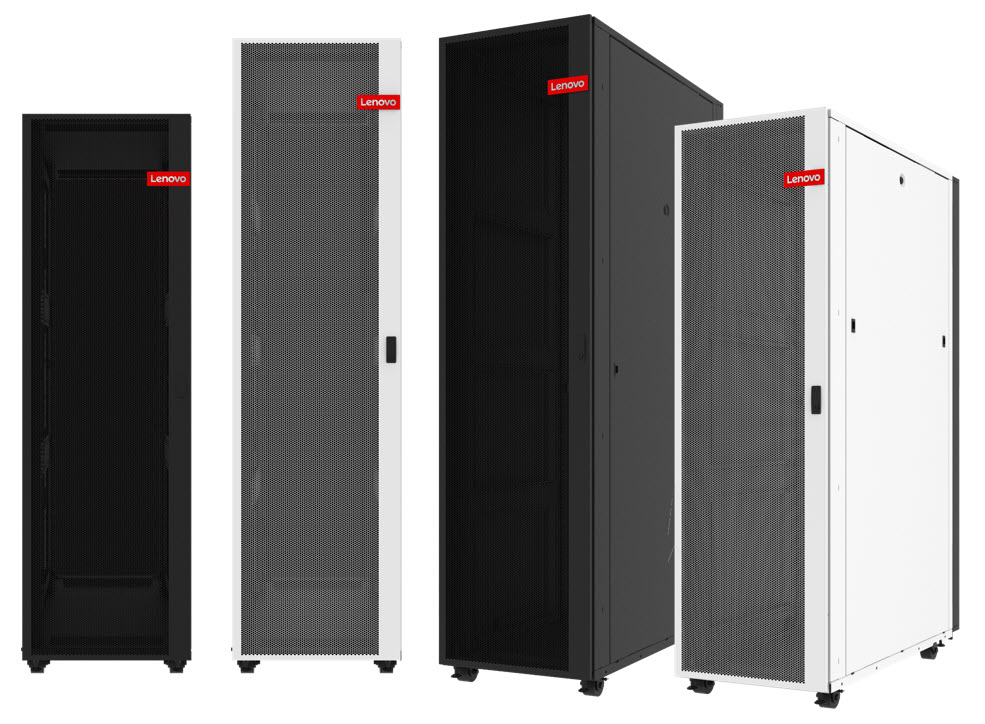Rack servers have become a key component for businesses with specific requirements. These types of servers are referred to as rack-mounted servers and are designed to be easily mounted within a server rack.
As technology advances, so does the need for rack servers. This small powerhouse component can do a number of things, from boosting performance to improving network capabilities.
Scroll down the page and explore five advanced practices for setting up rack servers for specialized applications. In addition, we’ll look at how Ethernet switches can help build server infrastructures that are effective and scalable.
1. High-Density Computing for Optimal Performance
1.1 Server Consolidation
1.1.1 Virtualization Technologies
Server consolidation is a bundle of additional computing power into a smaller unit. You can leverage virtualization technologies like Hyper-V or VMware to run multiple virtual servers on a single server or platform. IT industries can use the most of their resources and make their infrastructure more efficient.
1.1.2 Resource Allocation Strategies
Follow efficient resource allocation strategies for high-throughput computing. This subsection examines methods for spreading data between virtual machines to attain fair and optimal performance.
1.2 Blade Server Configurations
1.2.1 Chassis Management
Blade servers can elevate intensive computing to the next stage. This practice is part of the intricacies of server chassis management. Chassis management is the process in which multiple modular servers share common resources such as power, cooling, and networking. You need to achieve effective chassis management for uninterrupted operations.
1.2.2 Scalability Considerations
When it comes to blade server configuration, scalability is a key factor to consider. In this part, we’ll discuss how you can plan for it and make sure your infrastructure can keep up with the ever-changing computing needs without having to make major changes.
2.Redundancy and Fault Tolerance
2.1 RAID Configurations
2.1.1 RAID Levels and Selection
Redundant Array of Independent Disk (RAID) configurations play a crucial role in ensuring data reliability and availability. Implementing RAID is responsible for offering better performance while focusing on redundancy and fault tolerance. Determine what level of RAID you need and what factors to consider when choosing the most appropriate RAID configuration based on your specific needs.
2.1.2 Monitoring and Maintenance
Keeping track of and regularly updating the RAID configurations is crucial to maintaining their effectiveness. Look for the best practices for fault tolerance management, monitoring disk health, and proactive replacement.
2.2 Dual Power Supply Units
2.2.1 Automatic Failover Mechanisms
Install a dual-power supply unit to boost server reliability. Check out how to integrate automatic failover mechanisms to improve fault tolerance. The failover mechanism pinpoints failures of hardware and software. Also, this mechanism will automatically swap to backup systems, helping to degrade downtime and maintain service.
2.2.2 Load Balancing for Power Efficiency
Load balancing plays a pivotal role in achieving the highest possible efficiency. Implement load balancing to make sure that power inventories are dispersed across the server infrastructure in an even manner.
3. Network Optimization with Ethernet Switches
3.1 VLAN Segmentation
3.1.1 Designing VLAN Structures
Virtual LAN (VLAN) segmentation can improve network integrity and performance. Follow the best practices associated with designing VLAN structures. This step will guarantee logical segmentation meets your organization’s needs and security needs.
3.1.2 VLAN Monitoring and Troubleshooting
Once you have implemented VLANs, it is important to monitor and troubleshoot their traffic. Use tools and strategies to effectively monitor VLAN traffic, as well as learn how to troubleshoot common issues.
3.2 10 Gigabit and 40 Gigabit Ethernet
3.2.1 Network Interface Card (NIC) Considerations
High-speed Ethernet requires more than just a network infrastructure upgrade. It is crucial to opt for the right Network Interface Card (NIC) for your servers to make the most of high-speed Ethernet capabilities.
3.2.2 Transitioning to Next-Gen Ethernet
As technology advances, so does the need to upgrade to next-generation Ethernet. Consider the pros and cons of upgrading to 100 Gigabit or higher-speed Ethernet when your organization needs it.
3.2.3 Network Traffic Optimization
It is inevitable to make the most of network traffic when deploying high-speed Ethernet switches. Look for strategies to manage and optimize network traffic to achieve efficient usage of the additional bandwidth.
4. Energy-Efficient Cooling Solutions
4.1 Liquid Cooling Systems
4.1.1 Liquid Cooling Implementation
Rack server configurations with high-density demand advanced cooling systems. Explore different liquid cooling technologies and their benefits, and implement the right cooling systems to achieve optimal performance.
4.1.2 Monitoring and Maintenance of Liquid Cooling
Prolong the liquid cooling system by following effective monitoring and maintaining tips. Explore key guidelines on how your business can actively monitor and maintain its liquid cooling system.
4.2 Dynamic Cooling Management
4.2.1 Sensor Placement and Calibration
In order to implement high-powered cooling management, it is necessary to strategically place and calibrate sensors. Uncover best practices for placing and calibrating sensors that ensure precise temperature monitoring and effective cooling resource allocation.
4.2.2 Automated Cooling Adjustments
Dynamic cooling management involves the automation of cooling changes based on actual time sensor information. Learn how automated cooling adjustments can be integrated into your system. Also, know the surprising benefits they offer in terms of energy efficiency.
5.Scalability and Future-Proofing
5.1 Modular Architecture
5.1.1 Interchangeable Components
One of the most significant aspects of a modular architecture is the ability to use interchangeable components. You must know why it is important to choose components that are easy to add or change without making any changes or interrupting the whole process.
5.1.2 Scalability Planning
In a modular architecture, scalability planning is a key component. Your business should learn how to optimize its scalability planning to make sure its infrastructure can keep up with fluctuating computing requirements.
5.2 Cloud Integration
5.2.1 Hybrid Cloud Security Considerations
Connecting rack server configurations to cloud services offers businesses a flexible and scalable solution. Secure your hybrid cloud environment by focusing on robust security measures that need to be implemented in a cloud environment.
5.2.2 Hybrid Cloud Workload Management
Support for efficient workload management is crucial in a hybrid cloud environment. Look for the key steps on how to manage workloads efficiently between on-premise and cloud resources. These key steps can help you achieve better performance and reduce costs.
Conclusion
In conclusion, configuring a rack server is no easy task. You need to execute a set of advanced practices that focus on streamlining operations, ensuring fault tolerance, and protecting the infrastructure. Businesses need to conform to these practices to get the most out of rack server configurations and keep up with the constantly evolving digital environment.
Read more: Tech



